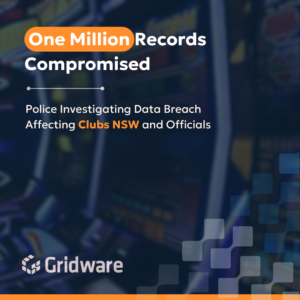An app for parents and teachers said last week that accounts have been compromised after some parents reported receiving messages that included an explicit photo.
Attack brief
The image was shared privately with parents and teachers through the app Seesaw in Illinois, New York, Oklahoma, and Texas recently.
A spokesperson for Seasaw reached out to Gizmodo to explain that “less than 0.5% of Seesaw users” were affected by the hacking incident.
In an emailed statement, its vice president of marketing, Sunniya Saleem, said that “specific user accounts were compromised by an outside actor” and “we are taking this extremely seriously.”
“Our team continues to monitor the situation to ensure we prevent further spread of these images from being sent or seen by any Seesaw users,” she said.
The photo was sent to parents and teachers as a link shortening service called bit.ly, which obscures the actual web address. Some users’ chats displayed the image automatically.
The company wrote in a follow-up email that the hackers did not gain administrative access to Seesaw, but instead breached individual user accounts through “credential stuffing” attacks. This type of attack involves hackers searching previous data breaches for usernames and passwords and using those passwords to access other accounts.
It is recommended to never reuse the same password across multiple sites due to the frequency of credential stuffing attacks like these.
Hackers increasingly target education
Cyberattacks continue to escalate in the education sector. In July, Check Point Research (CPR) found that the education sector was hit the hardest by cyberattacks, with an average of 1,739 attacks per organisation weekly, impacting schools, universities, and research centres.

More than half of the countries studied by CPR have the education sector as the most attacked sector, and 94% of them have it among the three most attacked sectors.
What do hackers intend to gain from the education sector?
- Chances to make money. Money is often the main motivation for hacking. In 2018, 79 percent of educational institutions were targeted for financial reasons. Considering the size and potential profits, data theft risk, and espionage opportunities available in the education sector, cybercriminals consider it an ideal target. Everybody, from students to faculty members to third parties, is at risk.
- Personally identifiable information (PII). The higher education sector is a goldmine for PII. Besides student credit histories, alumni and employee data are available. From loans and bank accounts to passport information, universities and colleges store all kinds of valuable information.
- Confidential, valuable research. National and non-state actors increasingly target institutions for valuable research data. Hackers may also want to steal other information depending on the size and resources of the school. Individual hackers and state actors may be interested in valuable information held by large research universities.
How can educational institutions confidently address cybersecurity issues?
As the threat landscape evolves and attacks continue to accelerate, an experienced cybersecurity team can provide the strongest education-centred defence and containment platform available for addressing current cybersecurity threats.




